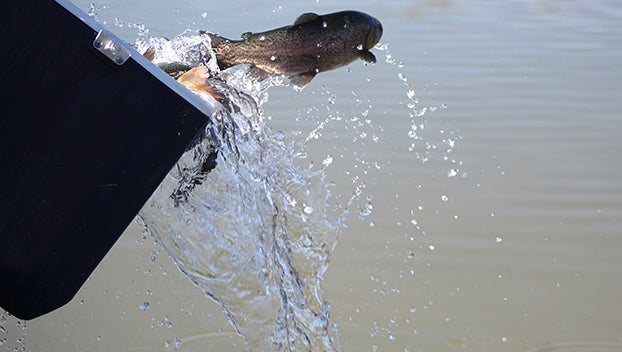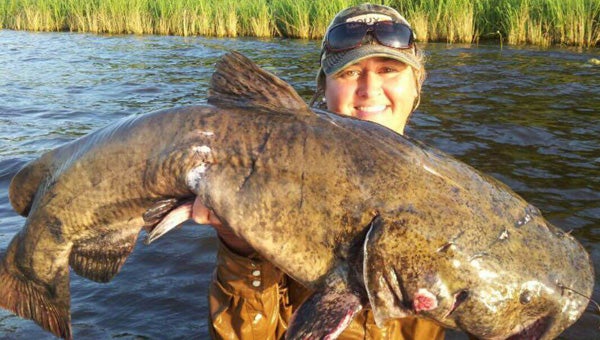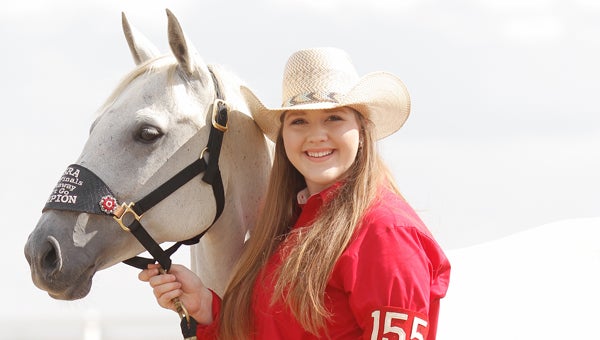Fishing the deep, cold waters
Published 12:01 am Sunday, November 10, 2013
It looks like we will be playing the cold front game while fishing this fall and winter. We may actually have a “real” winter season for a change.
If the weather forecast holds up, we may see lows of 30 degrees Wednesday. I cannot recall the air temperature being that low in mid-November. To me and a growing number of other fishermen and ladies,that is a good thing.
My preference of water temperature is anything below 60 degrees. The past few years we did not get water that cold until January. Currently, water temps range from about 63 to 68 degrees. I would expect next weekend to see water in the low 60’s. That depends on the severity of this front that is supposed to pass today. Of course, the fish are most active just before and during the passage of a cold front.
Once the front passes, the strike zone of the bass and white perch gets very narrow. Lure presentation has to be very precise to entice a strike. If the wind is not blowing and the sky is clear, strikes will be very few and far between no matter how slow your fish and how accurate the presentation.
When the barometric pressure is low and falling casting accuracy is not near as important as it would be behind a front. The strike zone is much wider when the air pressure is low and falling. A day after a cold front, when the sky is clear and the pressure is high, the majority of fish will not move far to eat a lure. That is why bottom lures excel over fast moving lures like crank baits when fishing cold water and the backside of a cold front.
The only exception to my knowledge is lipless crank baits like Rat-L-Traps. The Trap bite is always good in cold water. For whatever reason, when the bass are not holding tight to cover the Rat-L-Trap will catch fish. I think the Trap style lures create more reaction strikes than actual feeding strikes. The lures are filled with small lead or stainless steel balls that create a lot of commotion under water.
As far as bottom lures, the CrawGator and Elk River jigs rule in this area. Other jigs will work but these two brands are proven lures that consistently win tournaments all year but more so during the colder months.
We really need some rain — a lot of rain. Our lakes are low. I don’t mind low water during the fall and winter, but some fishermen do. If you fish visible shallow cover, that cover probably does not have enough water depth around it right now to hold fish.
Depending on the lake you are fishing, it is best to ignore the visible cover that everyone fishes and use your sonar unit to locate cover offshore that does not get beat up by fishing pressure.
On lakes like Concordia and St. John, the offshore cover is basically man-made brush piles, fish attractors sunk to draw fish. Find the right brush pile and you can pull several big fish from the same areas. On Lake Bruin we fish the man- made piles and ledges.
The ledges on Bruin drop from about 7 feet to 15, then 30 feet really quick. I have seen times when the bass and perch would hold on ledges that had no brush piles. We used to spend more hours idling and watching sonar than fishing just to find and mark these offshore areas.
It is certainly not time to abandon the shallow cover yet, but if these cold fronts keep coming, we will be fishing January patterns by early December. That is fine by me. I like to fish deep, cold water.





